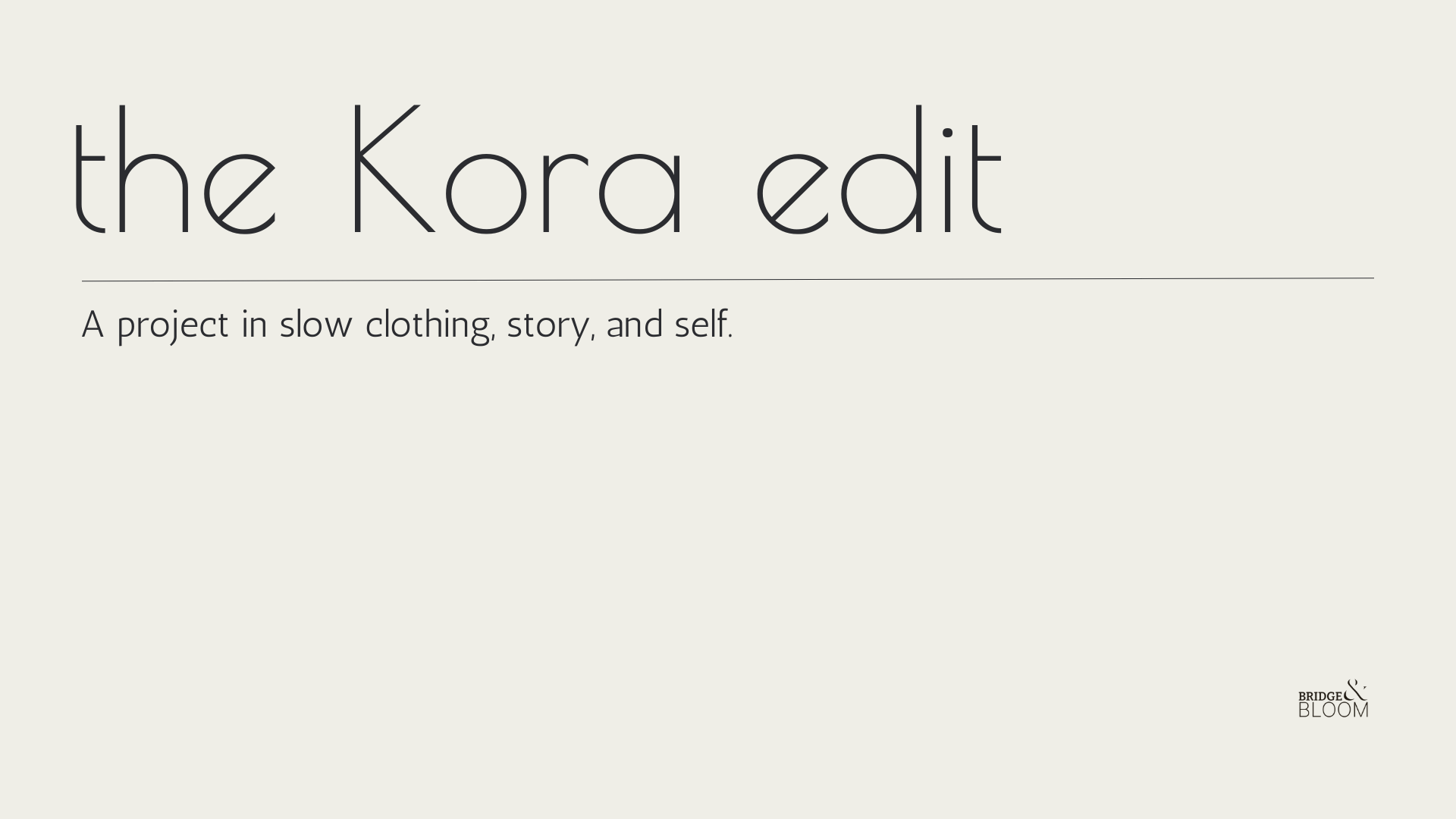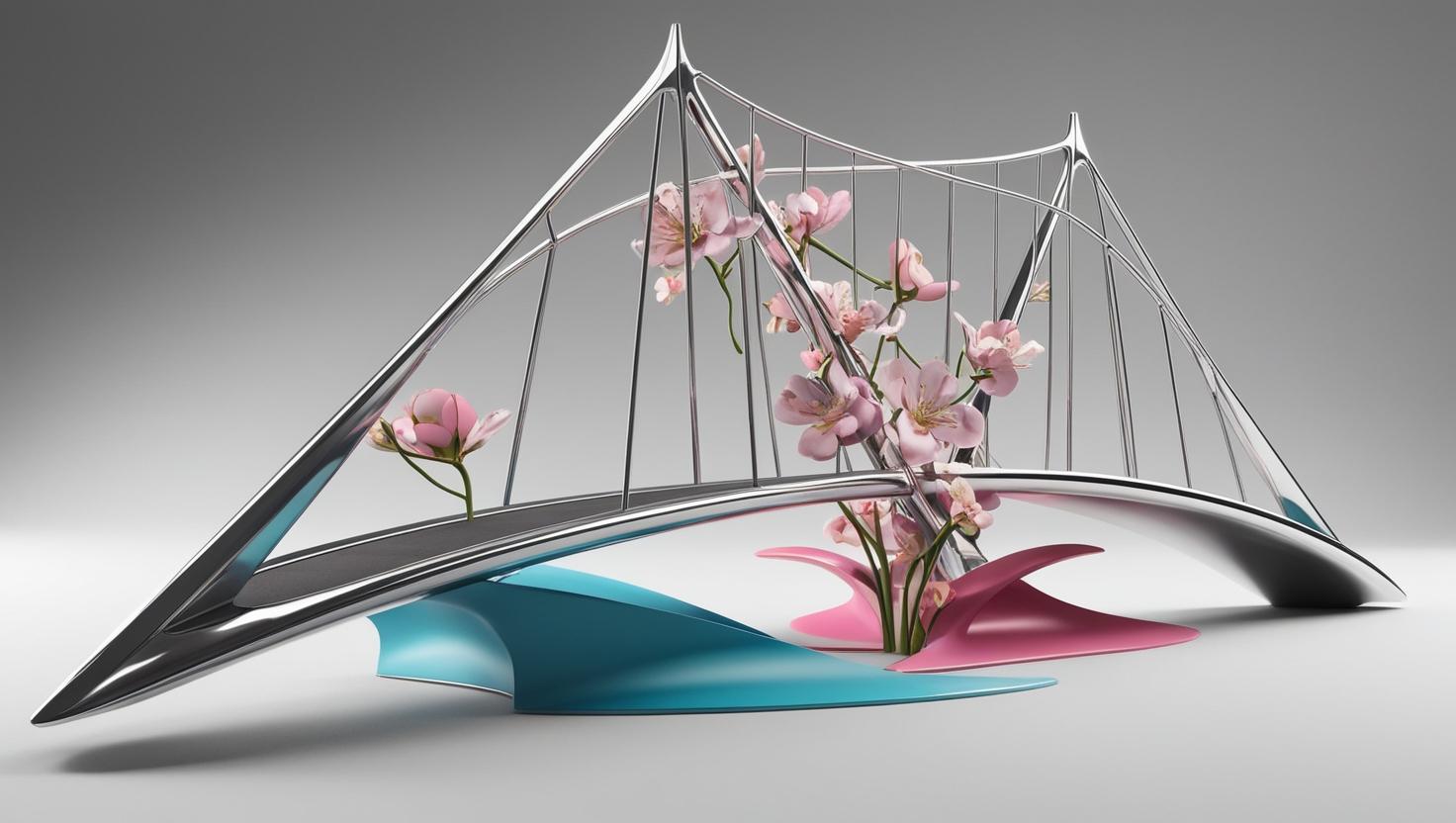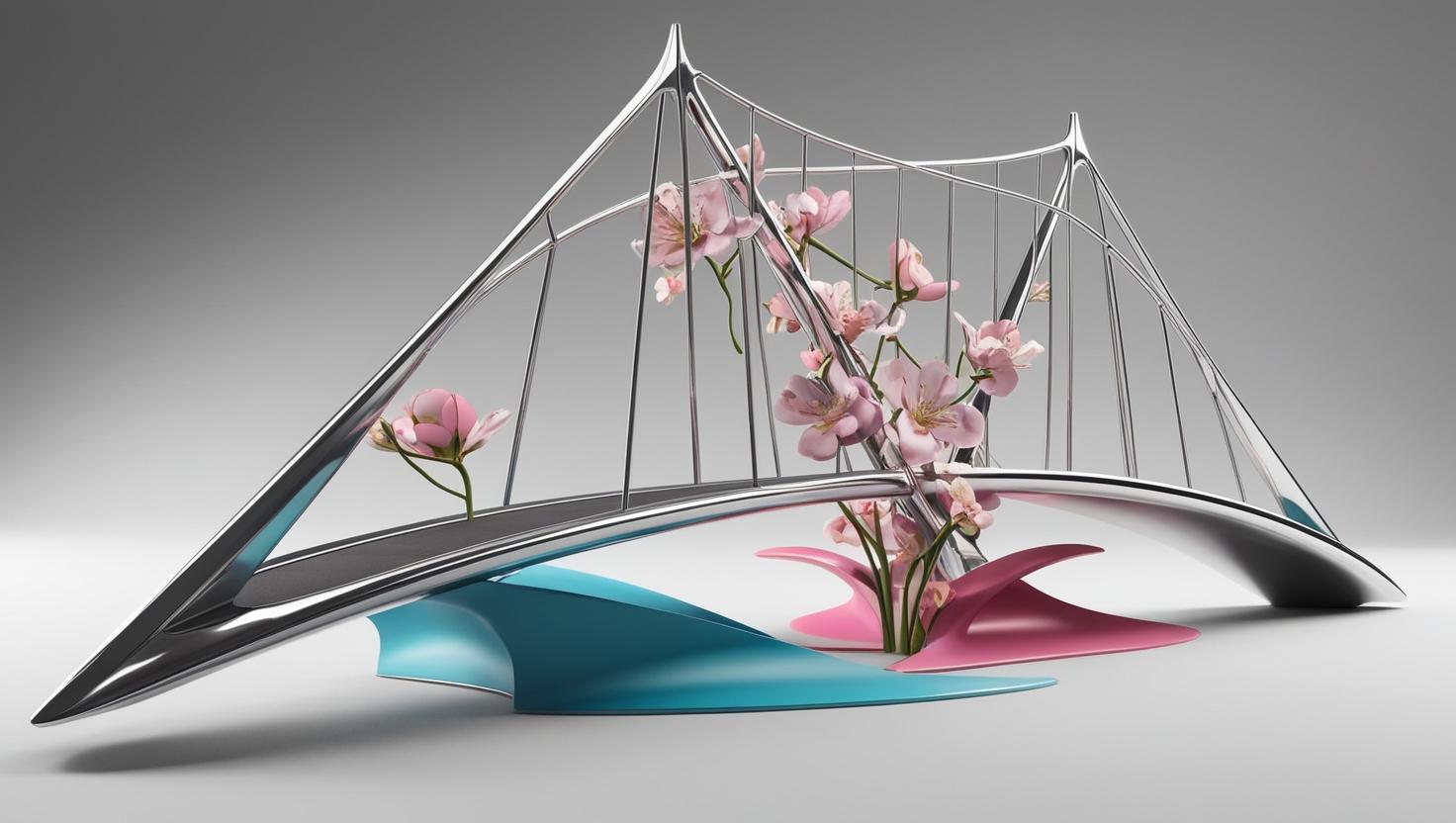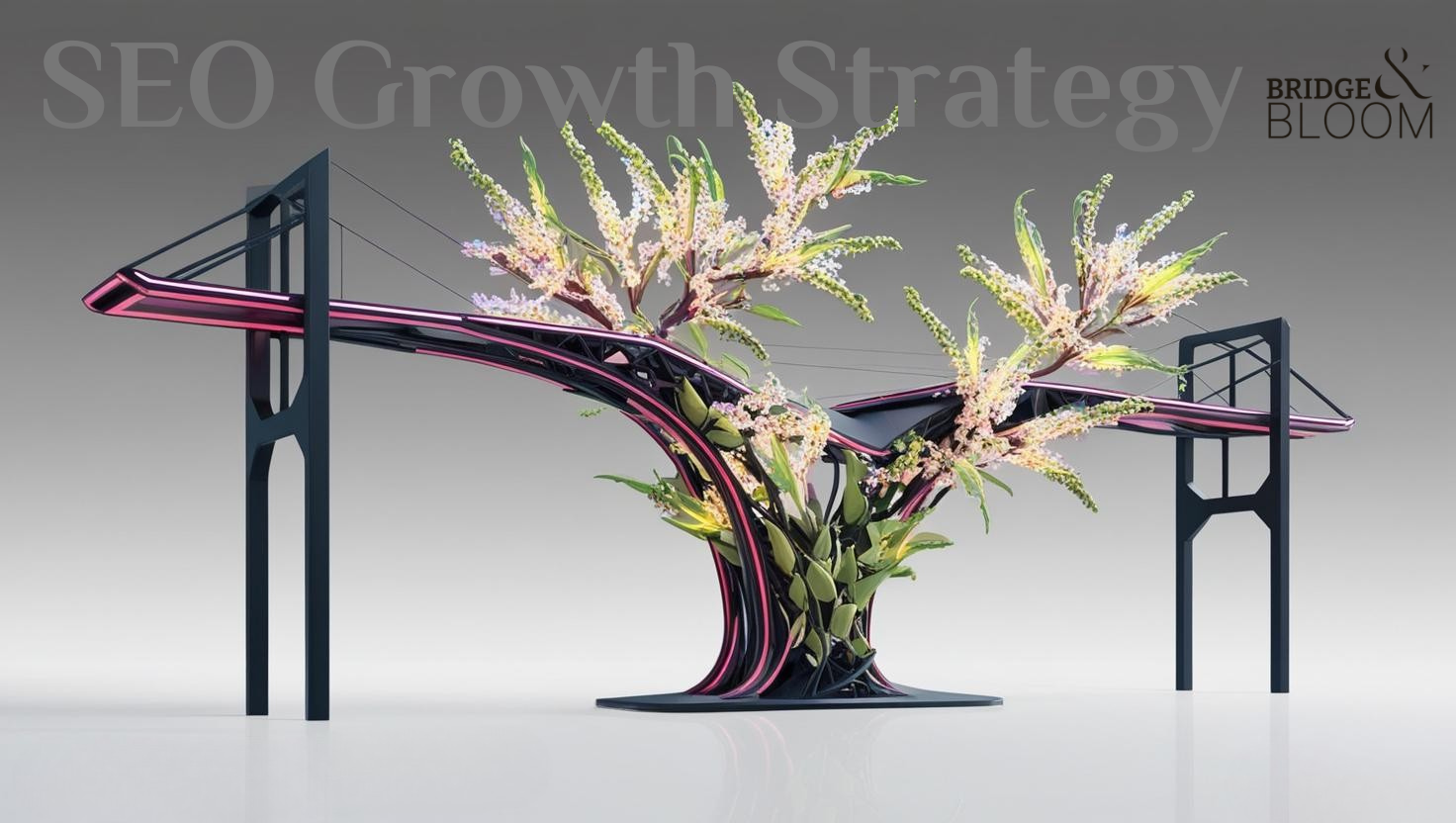
In the world of startups, design often comes in late. Founders usually obsess over product features, funding decks, or engineering roadmaps. Design is treated as an add-on—a nice-to-have coat of paint once the “real work” is done. But in reality, the startups that break through noise and stick in people’s lives are usually the ones that invest in design early.
Design is not decoration
At its core, design is about problem-solving. For a startup, that means shaping how customers first encounter your idea, how easily they can use it, and how naturally it fits into their lives. A clunky product, confusing website, or misaligned brand message doesn’t just look bad—it erodes trust. And in the early days of a startup, trust is everything.
Why startups undervalue design talent
- The myth of speed: Many founders think design slows things down. But messy, rushed design costs more later when you have to rebuild from scratch.
- Engineering bias: Teams tend to over-index on what can be built, not how it should feel.
- “Anyone can design” trap: Tools are accessible today, but knowing how to use Figma is not the same as knowing how to create meaningful user flows.
What strong design talent brings
- Clarity of offering: Good designers distill complexity into simplicity.
- Consistency: From the landing page to the app interface, design talent ensures a coherent story.
- Customer empathy: Designers listen differently. They translate frustrations into opportunities.
- Brand pull: Beyond logos, design shapes the mood of your company. It’s what helps your product feel alive, human, and worth belonging to.
Hiring design talent as a startup
- Start with mindset, not portfolio: Look for people who think systemically, not just visually.
- Bring them in early: The earlier design shapes your foundation, the stronger you’ll be.
- Value process over output: A single “beautiful mockup” isn’t the goal. Look for someone who can build systems, not just screens.
- Create space: Don’t reduce designers to pixel-pushers. They should be in strategy discussions, product roadmaps, and customer calls.
A hidden advantage
When you hire strong design talent, you’re not just getting a visual identity. You’re buying time, trust, and focus. In a crowded market, design is often the difference between a product people try once and forget—or one they tell their friends about.
















